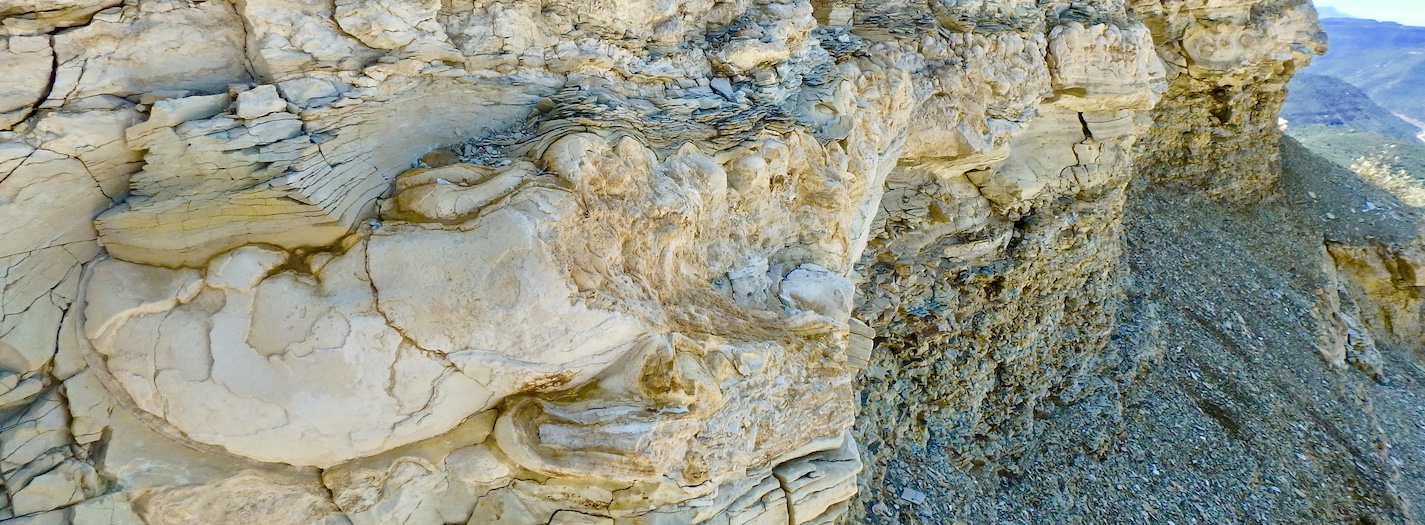
Analogs for Microbial Carbonate Reservoirs
Course Details
After the overwhelming success of our field trip on the seismic expression of carbonate platforms we were requested to teach a similar course but one that focused more on the “reservoir-scale.”
We have now created a course that combines outcrops in the field and subsurface core data to present a wide range of microbial carbonate analogs for everyone working on the Pre-Salt Carbonates of Brazil, the Pricaspian Basin of Kazakhstan the Norwegian Barents Sea and the Permian and Paradox Basins of the US.
We will be presenting case-histories associated with each one of these such that participants leave the course with a thorough understanding of depositional processes that affect the distribution and quality of microbialite reservoirs.
If you would prefer a 5-day classroom course in carbonates arranged at your office we can happily arrange that. If you choose to do this in Abu Dhabi, Bali or Islamabad, then we can add a field component as well.
A 5-day version specific to lacustrine carbonates along the Atlantic Margin (including pre-salt carbonates of Brazil) that covers both modern and ancient microbialites can be arranged upon request. That field trip starts in Salt Lake City, UT where we show participants examples of modern stromatolites, then spend a day looking at the core from oil-bearing microbial reservoirs in the Eocene Green River Formation before heading to a Spherulite location. If you want to sign up for this trip contact us ASAP and we will email you a different course outline.
Who Should Attend
• Geologists • Geophysicists
• Petrophysicists
• Engineers
This course is meant for all who are working on carbonate reservoirs in an exploration or development capacity. This course is particularly useful for those interpreting core, thin-sections and well-logs from microbial carbonate reservoirs.
Register Your Interest
Course Outline
Day 1
You will be arriving the day before the course starts at Denver International Airport, Colorado, USA. The next morning we will begin with a safety briefing, orientation to the field area and an introduction to microbial carbonates.
In the afternoon we will look at cores from several US oil fields where microbial carbonates are well known to have hosted large hydrocarbon accumulations.
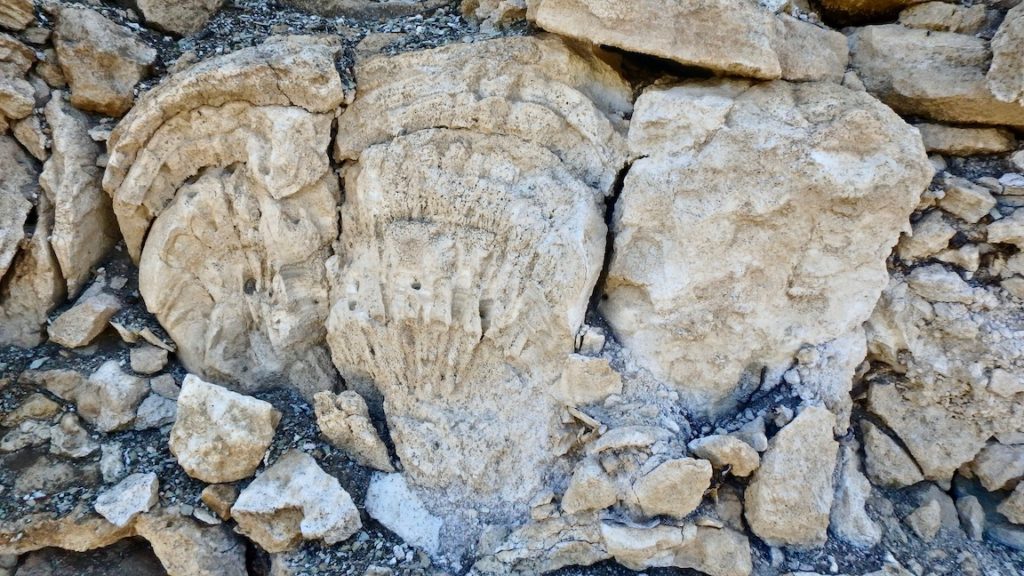
Day 2
Morning lectures will focus on pre-salt carbonates of Brazil, with an emphasis on lacustrine systems. We will also focus on sedimentary features that are used to distinguish abiotic ve biotically induced and biotically controlled precipitation of carbonates including travertines.
We will then look at core from the Green River Formation and compare the lithofacies seen in core from the pre-salt carbonates of Brazil.
In the afternoon will be spent looking at key sequence-stratigraphic surfaces in carbonates including sequence boundaries, flooding surfaces, hardgrounds and drowning unconformities.
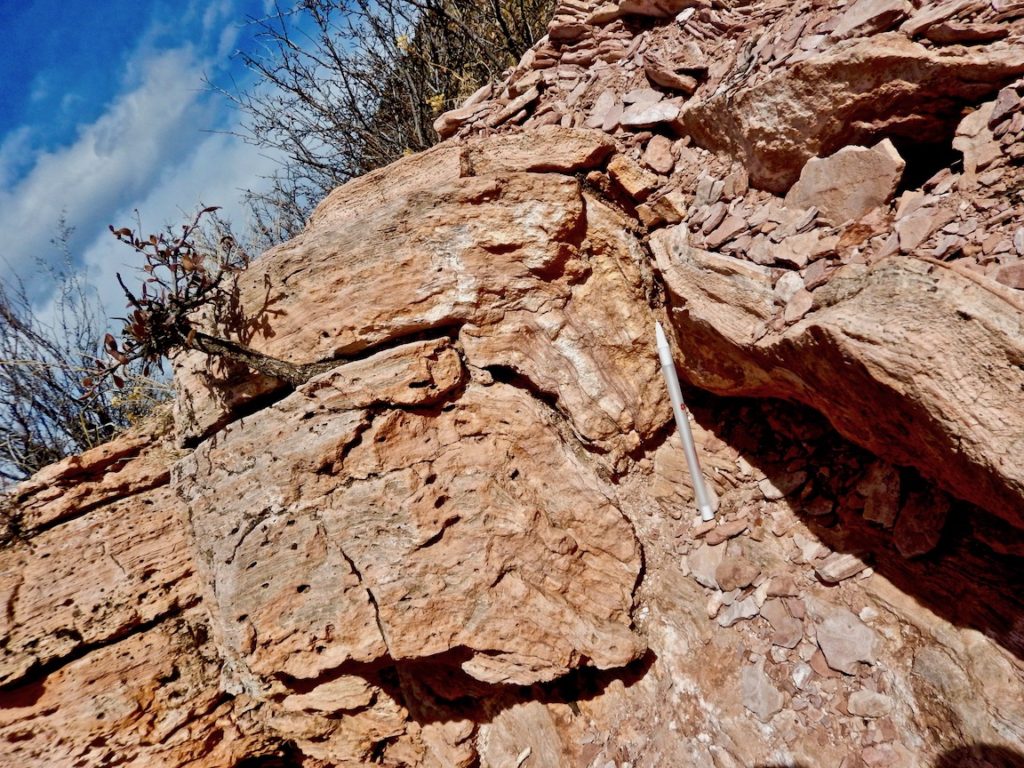
Day 3
The morning lectures will focus on carbonate microfacies with an emphasis on the classification and identification of textures, grains, cements and matrix types associated with microbialites
The day will be spent analyzing thin-section from well-known microbial carbonate reservoirs such that participants can gain confidence in being able to identify key features associated with microbialites under the microscope.
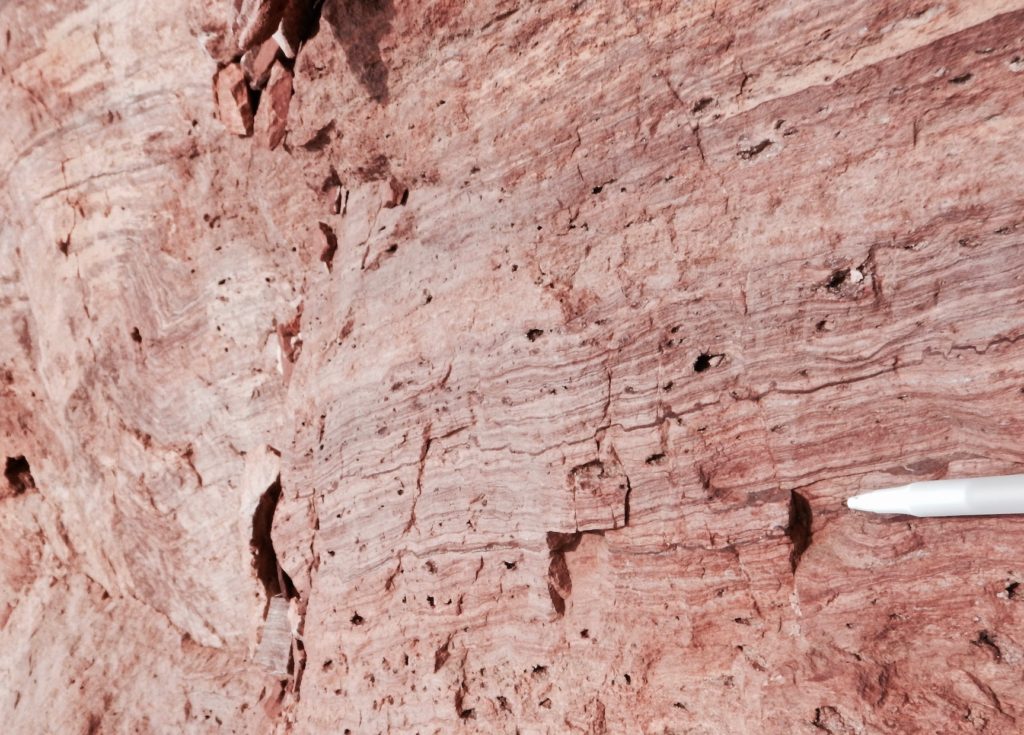
Day 4
In the morning we will head in the field to look at microbialites associated with arid environments.
The day will be spent driving towards Grand Junction through the beautiful Colorado Rocky Mountains.
Once in Grand Junction you will be checking into the hotel we have arranged for you for the remaining part of the field trip.
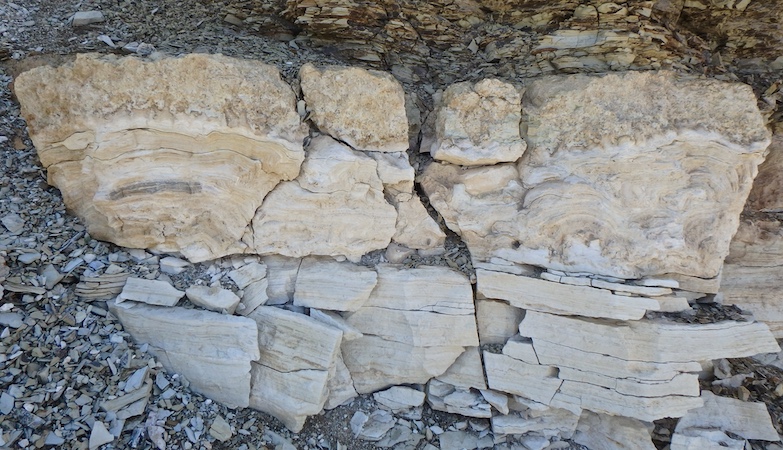
Day 5
Morning lectures will focus on the Pri-Caspian Basin of Kazakhstan and the changes in microbial communities as one move higher up the section from good reservoirs in the Carboniferous to spectacular reservoirs in the Permian.
We will then discusss the Tempelfjorden and Bjarmeland Groups of Norway with a focus on microbial carbonate reservoirs associated with Phylloid Algae.
We will head into the mountains to look at outcrops of the Eocene Green River Formation – an excellent analog for the pre-salt carbonates of Brazil. We will look at the occurrence of shrubs, ooids and the several different types of thrombolites and stromatolites.
In the afternoon we will head to Colorado National Monument for a geology overview and have dinner in Grand Junction.
After an early farewell dinner we will drop you off at the airport for an evening departure.
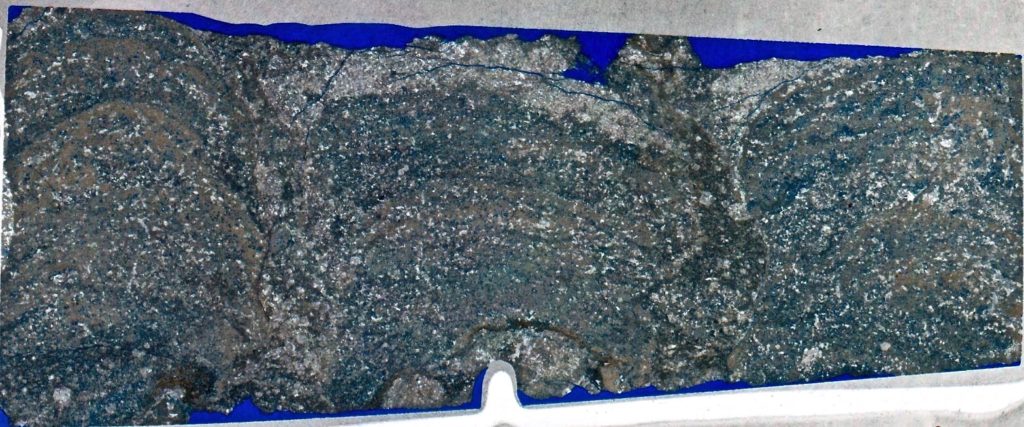
This field trip is going to run in the third week of October, 2023. The field trip is $6500/person and this cost includes all hotels, meals, transportation, permits, field guide, exercise materials, and tuition. Group discounts are available if your company decides to send 6 or more participants.
Visas for the US typically take 1-2 months to process therefore we recommend contacting us as soon as possible so we can send you a letter of invitation that you can take to your local US consulate.


